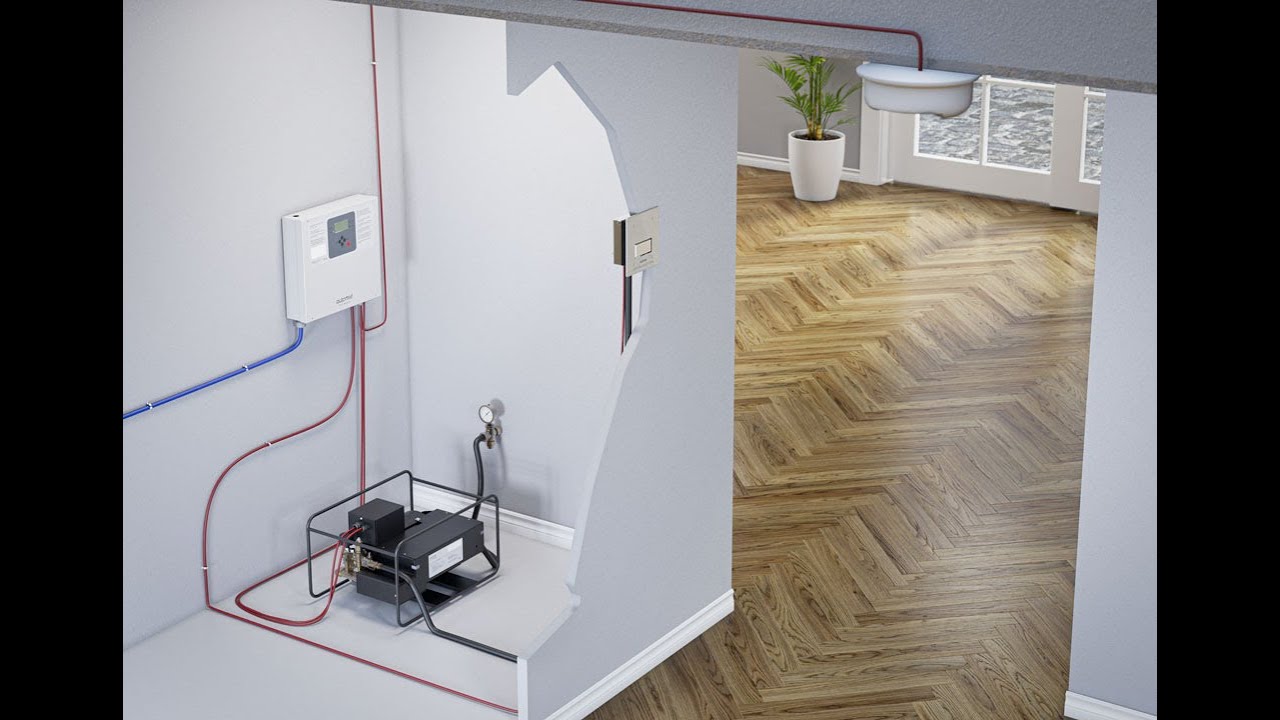How does Automist compare to a traditional NFPA 13D sprinkler system in an ADU?
Automist is different from standard residential sprinklers in several key ways, while ultimately achieving the same goal of fire safety. Here’s a side-by-side comparison in the ADU context:
Installation: Traditional Sprinklers – Require a network of pipes throughout the ceiling and walls, with multiple sprinkler heads. Automist – Uses a few wall-mounted spray heads connected by flexible tubing, and a small central pump unit. It’s designed for easy retrofit and can often be installed with minimal alterations to the ADU’s structure. This makes Automist ideal for upgrading existing spaces or speeding up new builds.
Water Supply Needs: Traditional Sprinklers – Need a high flow rate (often ~20+ GPM). This typically means you must have a large water service line, a 1″+ meter, and sometimes a storage tank or booster pump if pressure is low. Many ADU projects face costly meter or line upgrades to meet these requirements. Automist – Needs only ~2.4 GPM at typical domestic pressure. It connects to a standard ½″ or ¾″ cold water line. No special water main, no tank, and no upsizing of the city connection is required in most cases. This is a huge simplification – you’re effectively just teeing into the existing plumbing, not rebuilding it.
Water Usage & Damage: Traditional Sprinklers – Suppress fire by dousing it with a relatively large volume of water. While effective, this can cause significant water damage to the ADU’s interior (a necessary trade-off to stop a fire). Automist – Suppresses fire with a fine water mist, using about 90% less water to achieve the same result. The mist cools and smothers the fire very efficiently. If it activates, there is far less water released into the ADU, which means less collateral water damage to your property. (It’s the difference between a soaked room and a damp one.)
Activation Speed: Traditional Sprinklers – Each sprinkler head activates individually when its heat-sensitive element (bulb or link) reaches the trigger temperature from rising heat. This means a fire has to generate a lot of heat at the ceiling before sprinklers go off. Automist – The system is triggered by ceiling-mounted heat detectors or multi-sensor alarms that react quickly to a developing fire. Automist can activate significantly faster attacking the fire early. Faster activation not only limits the fire’s growth but also reduces toxic smoke, which improves tenability for anyone inside.
Equipment & Aesthetics: Traditional Sprinklers – Visible sprinkler heads (usually in the ceiling) with cover plates are present in each room. Additionally, a riser assembly (pipes, valves, gauge, sometimes a tank/pump) occupies space in a utility area or closet. Automist – Has sleek, unobtrusive wall heads that blend into the décor (they look like small speaker grilles or electrical panels). The pump unit is hidden under a sink or in a cabinet. There is no need for a large water tank or a massive pipe assembly. Overall, Automist offers a cleaner look, which appeals to design-conscious homeowners or projects where preserving interior aesthetics is important.
Cost and Value: Traditional sprinklers may appear less expensive upfront, but their total installed cost can rise quickly once you factor in the need for dedicated plumbing, backflow prevention and water meter upgrades. In contrast, while Automist has a higher equipment cost, it avoids many of these infrastructure requirements—eliminating utility connection fees and plumbing alterations. In colder regions, it also sidesteps the need for antifreeze systems or extensive pipe insulation, making it potentially a more cost-effective and streamlined solution overall.
In summary, Automist delivers the fire protection an ADU needs with a more homeowner-friendly approach. It achieves code compliance and safety goals without the heavy water demand, construction upheaval, and aesthetic downsides of traditional sprinkler systems. For both homeowners and builders tackling ADU projects – especially in states like California where fire sprinklers can be the norm – Automist offers an alternative solution that is equally reliable in an emergency.
Learn more - Can Automist Be Approved as an Alternative to a 13D Sprinkler System?


